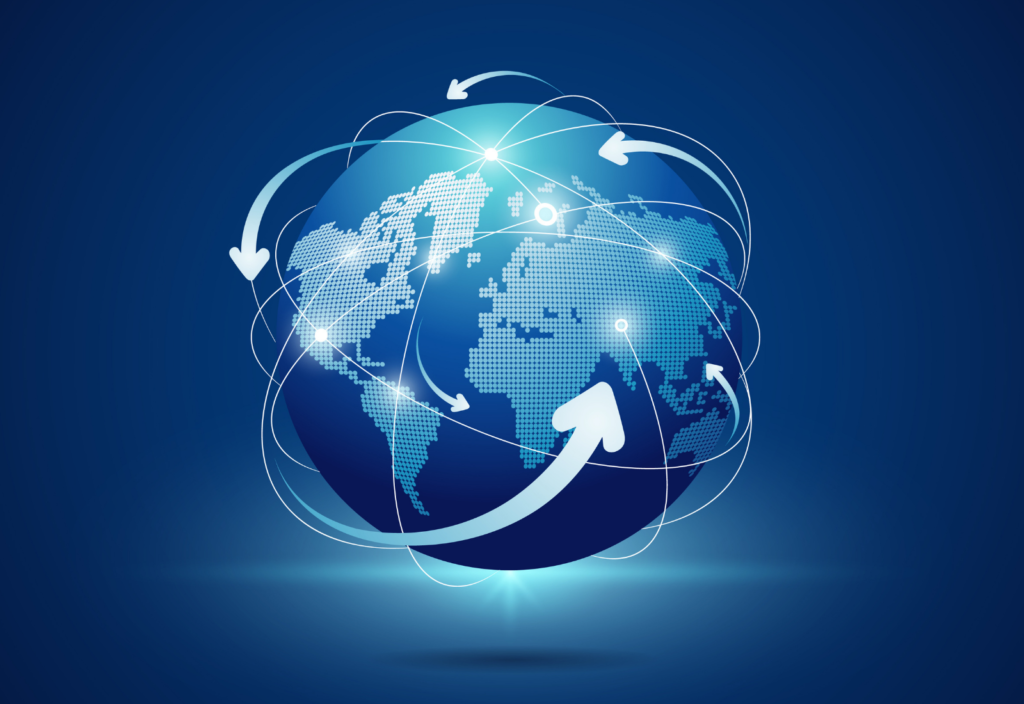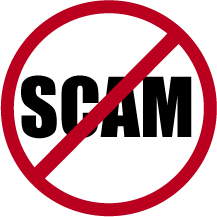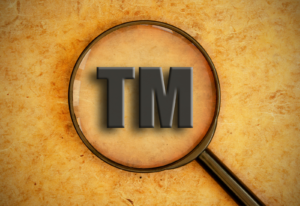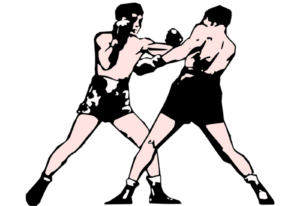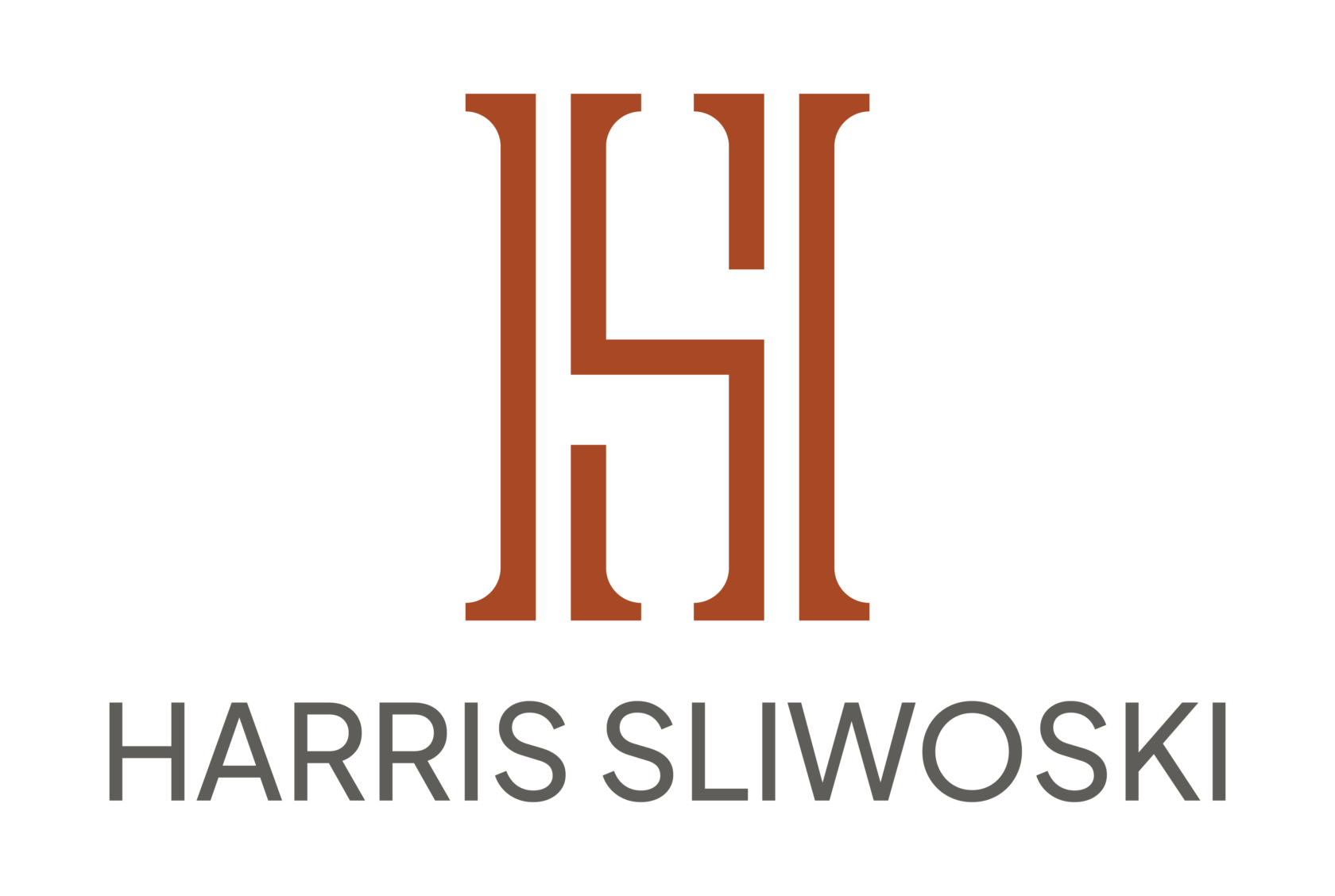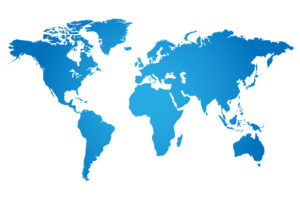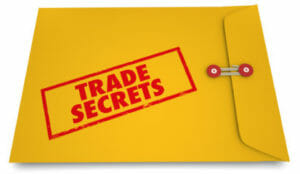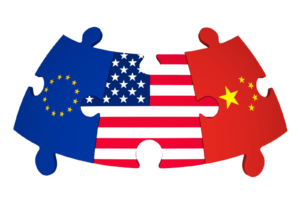Trademarks are among the most important assets of any company. Indeed, if it weren’t for trademarks, customers would be unlikely to even find a company’s products. Naturally, then, most U.S. companies want to protect these essential and valuable assets to the greatest extent possible and therefore make sure that they are registered with the United States Patent and Trademark Office (USPTO).
But many companies stop there, thinking their job complete. It does not occur to them that trademark rights are territorial and that owning a United States trademark registration creates no rights whatsoever outside the U.S. borders. This issue often comes to light only after a problem has been encountered, such as someone selling knockoffs of the trademark owner’s products in another country. If the company is fortunate, corrective action is still possible. For many, however, it may be too late and no legal remedy exists. For such a company, someone else now owns “its” trademarks in that other country (or countries) and the only option, if any, is to purchase them “back” from the foreign owner, usually at a high price.
Though being forced to buy “your” own trademark might sound like extortion, in most countries this is perfectly legal. This is because most countries (but not the United States) grant trademark rights to the “first to file” for the trademark not to the “first to use” the mark as in the United States. The first company to file an application to register a trademark, whether or not someone else is already using it, becomes the trademark owner in that country.
For that reason, trademark registration overseas can be even more important than in the United States. First of all, without a registration in a particular jurisdiction, a U.S. trademark owner will be unable to prevent someone else from using its trademark. Moreover, to add insult to injury, if that other party has registered the U.S. company’s trademark in a foreign country, the U.S. company could even be prevented from using the trademark in that foreign country and it could even be found liable for trademark infringement were it to do so!
It is therefore not surprising that in many countries (particularly in Latin America and Asia) there are people on the prowl for successful emerging American companies so they can quickly register those American company’s trademarks first in their own country. Later, when the American trademark owner is ready to expand into that country, it learns someone else already owns its trademarks there. These opportunists then typically seek to sell the trademark “back” to the U.S. company. The negotiated price can vary considerably, but it virtually always will be many times more than it would have cost the U.S. company to register it originally.
The best way for a trademark owner to protect itself from these dangers is by registering its marks in as many jurisdictions as possible. But since there are more than 200 countries in the world today — most with their own trademark registers, application procedures and, of course, costs — registering in all jurisdictions is impossible for all but the largest multinationals.
Until recently, a trademark owner wanting to fully protect its marks around the world had no choice but to file individual trademark applications in each of those jurisdictions. Though there is still no such thing as a “global trademark registration” two developments have helped reduce the burden on trademark owners.
In 1996, the European Community trade mark (now known as the European Union trade marks or EUTM), came into being and allowed trademark owners to secure protection in all 27 European Union member states via a single trademark application. The EUTM is a more economical choice for a company needs trademark protection in several EU countries.
The second development is the continuing expansion of the Madrid System (created by two separate treaties, the Madrid Agreement and the Madrid Protocol, with partially overlapping contracting parties). Under the Madrid System, if you own a trademark registration in a member country, you can apply for an International Registration and expand your protection, in a single application, to up to 126 countries (the number is less when the original registration is in a country that is a signatory to only the Protocol (e.g., the United States) or the Agreement.
In addition to these two vehicles, the Paris Convention – to which most of the world, including the United States, belongs — can also sometimes be helpful. Under this Convention, trademark owners can take advantage of a six-month “priority period” to file for a new trademark in one member country and then have a six-month window to file for the same trademark in any other member countries and have those later applications treated as if they had been filed at the same time as the first one. By way of example, an American company can file an application with the USPTO today for a new trademark, then wait up to six months to file elsewhere without any concern that some enterprising individual overseas might file a preemptive application for the mark. This delay period can be a useful tool for trademark owners with cash flow issues, such as many startup companies.
All three of these mechanisms (EUTM, Madrid and Paris) can be used together. For example, a company may file an application in the United States for a new trademark and then, under the Paris Convention, wait close to six months before filing with the USPTO an application for an International Registration under Madrid and, in that application, designate the European Union as one of the jurisdictions in which protection is desired.
Despite these mechanisms, protecting every trademark in every country is beyond the budget of all but a select group of companies. So how should a company choose where to seek protection first? When we do this analysis, we analyze a host of factors. First, where does the company have its greatest foreign sales? Certainly it makes more sense to incur the fees and costs to register a trademark in a country in which sales exceed $1 million than in a country in which sales are less than $10,000. In which countries would the emergence of counterfeits hurt the company the most? Relatedly, in which countries is the emergence of knockoffs more likely in the first place? Where does the company have manufacturing facilities (especially if the company uses outside vendors to manufacture its products)? Are there countries with notorious counterfeiting problems in the trademark owner’s industry? Finally, and perhaps most importantly, in which jurisdictions would the company suffer the greatest damage if it were precluded from using its trademarks because someone else registers them first?
Once these questions are answered our international trademark attorneys will work with the company to adopt a plan to secure its trademark protection in stages, covering the most important markets first, then another group in six or twelve months, and so on. Though this will mean temporary gaps in trademark protection, these gaps will be the result of a conscious business decision, rather than a failure to identify the issues at all. Ignorance may be bliss but, at least in the trademark world, what you don’t know can indeed hurt you.










